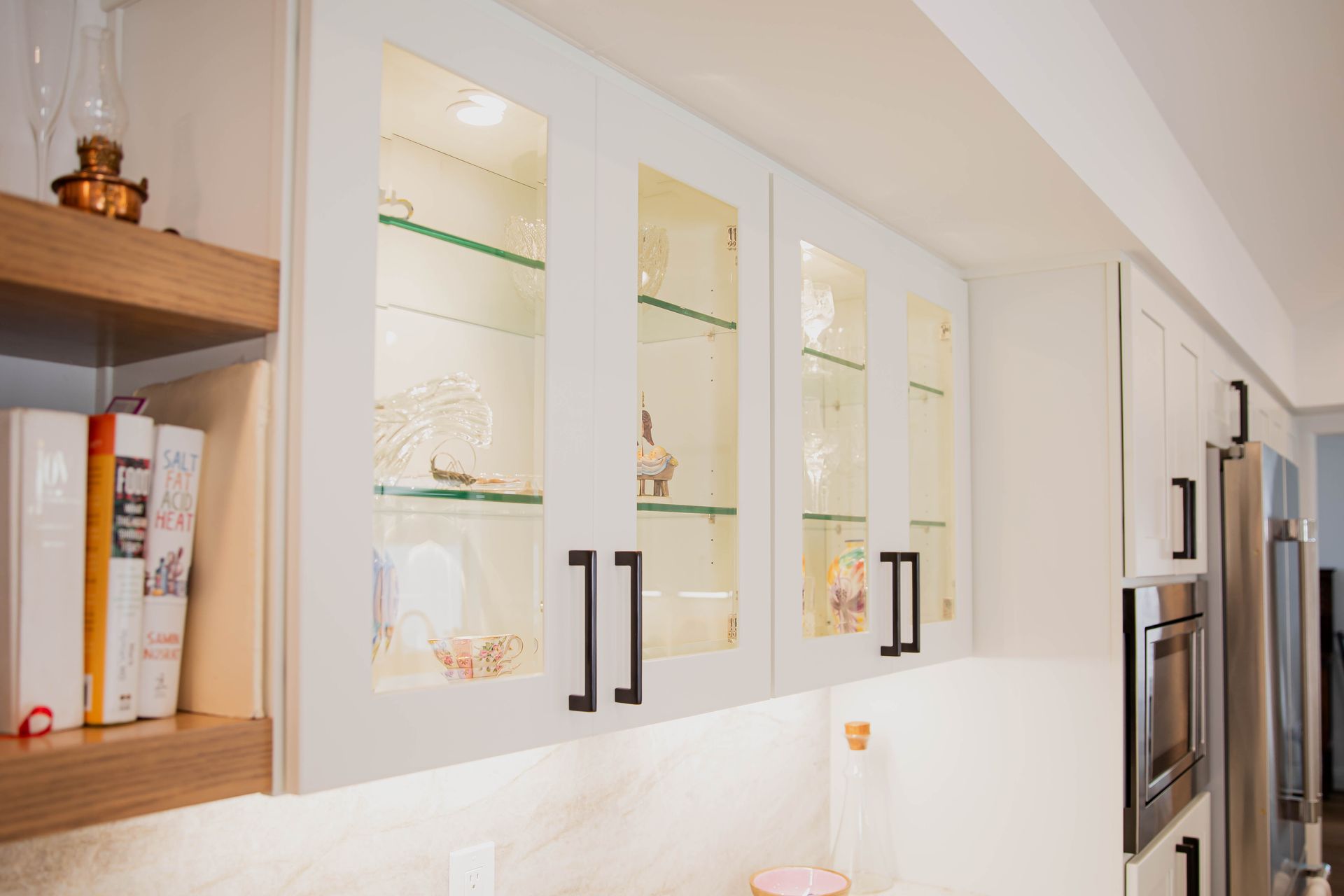Just because your bathroom is short on square footage doesn’t mean it has to be short on style or functionality. With clever design strategies and materials, small bathrooms can feel spacious, luxurious, and fully functional. Whether you're working with a powder room or a compact master bath, here are smart renovation ideas to help you significantly impact a tiny space.
1. Go Vertical with Storage
In small bathrooms, wall space is your best friend. Install vertical shelving, floating vanities, or recessed medicine cabinets to keep the floor clear and visually open. Consider:
- Open shelves above the toilet
- Wall-mounted towel racks
- Tall, narrow storage cabinets
These solutions help reduce clutter while maintaining accessibility.
2. Choose a Floating Vanity
A floating (wall-mounted) vanity creates the illusion of more space by exposing more floor area. It’s a modern, sleek option that also makes cleaning easier. Pair it with a vessel sink or an under-mount sink for a streamlined look, and consider a vanity with drawers instead of doors to maximize usable storage space.
3. Opt for a Walk-In Shower
Ditching the bathtub in favor of a walk-in shower can save significant space. Frameless glass shower enclosures visually open up the room and make it feel larger. Add a recessed shower niche for shampoo bottles and built-in benches for function without sacrificing square footage.
4. Use Light, Reflective Colors
Light colors make any room feel larger. Choose whites, soft grays, or pale neutrals for walls, tile, and cabinetry to brighten the space and reflect natural or artificial light. Glossy or reflective tile finishes can also help bounce light around the room, creating a more open atmosphere.
5. Add Big Mirrors
A well-placed mirror is a tried-and-true trick for opening up small spaces. Consider installing a large, frameless mirror over the vanity — or better yet, run a mirror wall-to-wall above the sink to double the visual space. Mirrors amplify light and create a sense of depth.
6. Incorporate Smart Lighting
Layered lighting is essential in small bathrooms. Combine overhead lights with vanity sconces or LED backlighting around mirrors to eliminate shadows and enhance the perception of space. If natural light is limited, choose daylight-balanced bulbs to mimic the feel of sunlight.
7. Use Space-Saving Fixtures
Compact fixtures are designed specifically for tight spaces. Look for:
- Corner sinks or toilets
- Wall-mounted faucets
- Sliding shower doors
These choices free up valuable space without sacrificing functionality.
8. Keep the Design Simple
Too many patterns or design elements can overwhelm a small space. Stick to a cohesive color palette and limit visual clutter. Clean lines, minimal decor, and streamlined hardware will help your bathroom feel more open and relaxing.
Conclusion
Small bathrooms may be limited in size, but they can still pack a punch with the right design choices. By maximizing storage, choosing smart fixtures, and embracing light and simplicity, you can create a spacious, stylish bathroom, and perfectly tailored to your needs. Whether you're doing a complete renovation or a quick refresh, these ideas will help your tiny bathroom make a big impression




